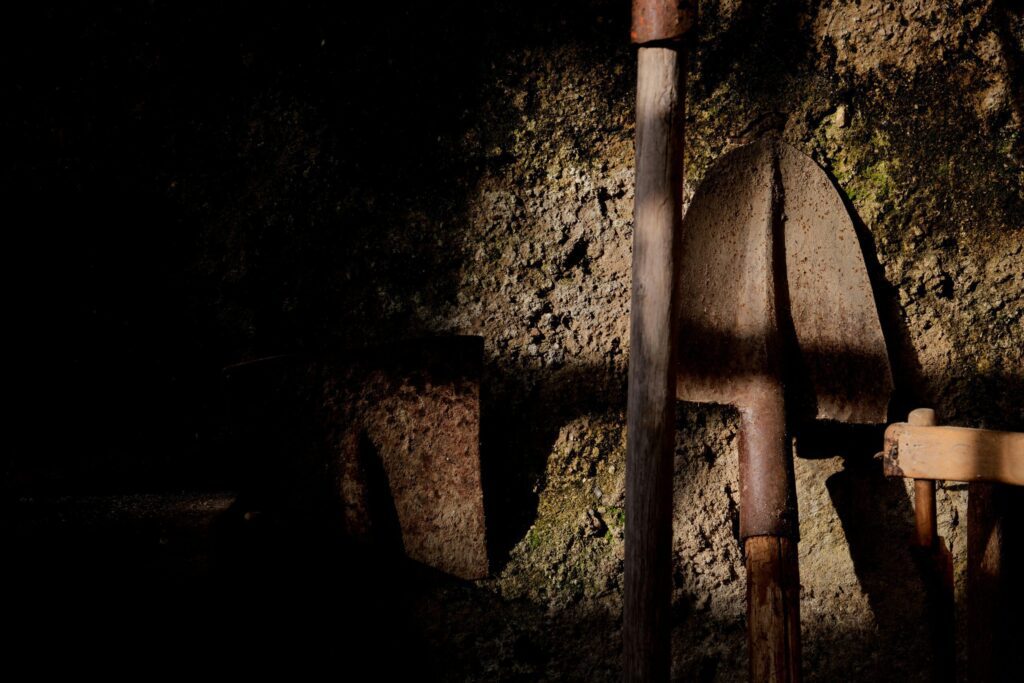Survivalist Megan Hine, the head of extraction on Extracted, the high-stakes reality competition on Fox, shared exclusive insights about the show’s behind-the-scenes safety protocols and extreme challenges. As the show pushes contestants to survive in the harsh Canadian wilderness, Hine’s role ensures their safety and well-being while adding an intense layer of suspense to the program.
The Show’s Unique Concept: A Family-Driven Survival Challenge
Extracted features 12 untrained contestants who face a grueling survival environment with limited resources. Throughout the competition, their families can monitor them through a live feed and make crucial decisions about whether to pull them out for safety concerns. Hine’s job is to coordinate the extraction when a family member presses the button, a process that can be complicated by the difficult terrain and unpredictable conditions.
“I’m watching the survivalists through cameras in real time, and when the button is pressed, we act quickly,” Hine explained. “There’s no communication with the contestants. They don’t know they’re about to be pulled out, and sometimes the only sign they’ll get is the sound of a helicopter arriving.” This element of surprise adds to the psychological tension, as the contestants have no idea when they might be extracted or how their families will react.
Psychological Impact: The Power of Fear and Empathy
The show’s success lies not just in the physical challenge, but in the psychological impact it has on the competitors. According to Hine, it’s easy to trigger fear and anxiety, but much harder to create positive emotions like happiness and calm. Viewers become invested in the contestants’ journeys because they can empathize with the stress and uncertainty, imagining what it might feel like to be in their shoes.
Advanced Technology for Safety and Monitoring
The show utilizes cutting-edge technology to monitor the survivalists’ physical health in real time. “Each contestant wears biometric watches that send data back to us, and we have access to these live streams,” Hine said. “This allows us to keep an eye on their health and make sure we’re pushing them to their limits, but not to a fatal degree.”
Despite the brutal conditions, production ensures constant safety oversight. Hine revealed that the cast’s well-being is a priority, and the team is always ready to intervene if necessary. “We have a psychologist on standby, and we’re constantly monitoring the survivalists for signs of distress, like hypothermia or cognitive decline,” she said. These measures are essential when contestants are facing life-threatening conditions in the wilderness.
Harsh Conditions: Facing the Canadian Wilderness
The Canadian wilderness, with its vast, unforgiving terrain, was chosen for its ability to support survival activities like hunting and fire-making. According to Hine, other locations, such as U.S. national parks, restrict such activities, making them unsuitable for a survival challenge of this nature. The production team was prepared for any situation, with advanced equipment capable of handling extreme weather conditions, from heat to snowstorms.
Building Resilience: The Contestants’ Growth Through Adversity
For the contestants, the experience is one of intense personal growth. Hine emphasized that the show’s focus is on building resilience. Contestants may come into the competition with little outdoor experience, but through improvisation and teamwork, they learn to survive. Hine encourages them to reflect on their achievements, saying, “They may worry about how they’re portrayed, but they’ve survived in a real wilderness with minimal resources. That’s a powerful, empowering experience.”
Conclusion: Empowerment Through Survival
Ultimately, Extracted is about more than just survival. It’s about pushing individuals to discover what they’re capable of when faced with extreme adversity, all while ensuring their safety and well-being throughout the journey. As Hine pointed out, the contestants’ ability to endure and adapt is what makes the show so compelling—and inspiring.


